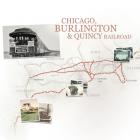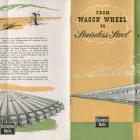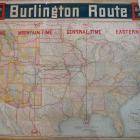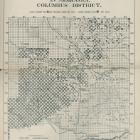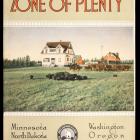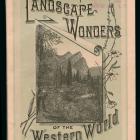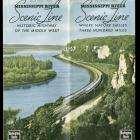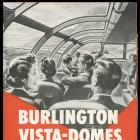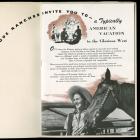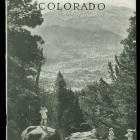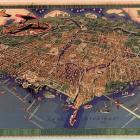Trains, Boats, Automobiles, and Airplanes
Trains are a specialized form of transport: they are very good at some things, and not so good at others. In doing research for Nature’s Metropolis, William Cronon uncovered a gem of a quotation in Robert Harris’ Out-Letters dated 29 August 1868. Harris explained to an irate customer why the cost to transport freight a short distance was the same as a longer distance:
A Railroad is a cheap means of transportation for long distances and relatively less cheap as the distance diminishes until, when it becomes very small a wheel-barrow is the cheapest—and for still smaller distances a shovel.
—Robert Harris 1868, as cited in Cronon 1991, 84
When the country was first settled, cities, like Chicago, were established along waterways—lakes, navigable rivers, coastlines. As railroads were built, cities tended to cluster along the tracks. As the National Highway System was built, some cities and industries were built along the highways and improved road network. It will be interesting to see what happens after peak oil. Will innovative new rail systems replace the highway system?
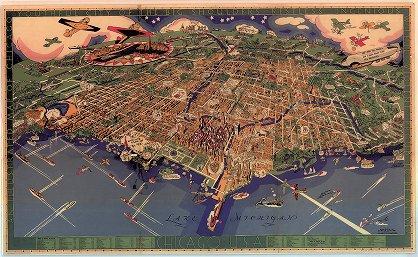
A graphic map of Chicago made in 1931. Illustration by Charles Turzak and Henry Chapman.
A graphic map of Chicago made in 1931. Illustration by Charles Turzak and Henry Chapman.
Courtesy of Newberry Library.
Used with permission of the Newberry Library. With questions about reuse of this image, contact the Newberry Library.
The copyright holder reserves, or holds for their own use, all the rights provided by copyright law, such as distribution, performance, and creation of derivative works.
This incredibly detailed bird’s-eye view of Chicago, produced just before the World’s Fair, offers a quirky street-level view of the city. Stepping back, Chicago looks remarkably like the United States, with Navy Pier as Florida. Even as the Great Depression set in, this map is brimming with optimism. The air above, full of airplanes, seems to foreshadow American trains eventually losing their preeminence, at least during the second half of the twentieth century.
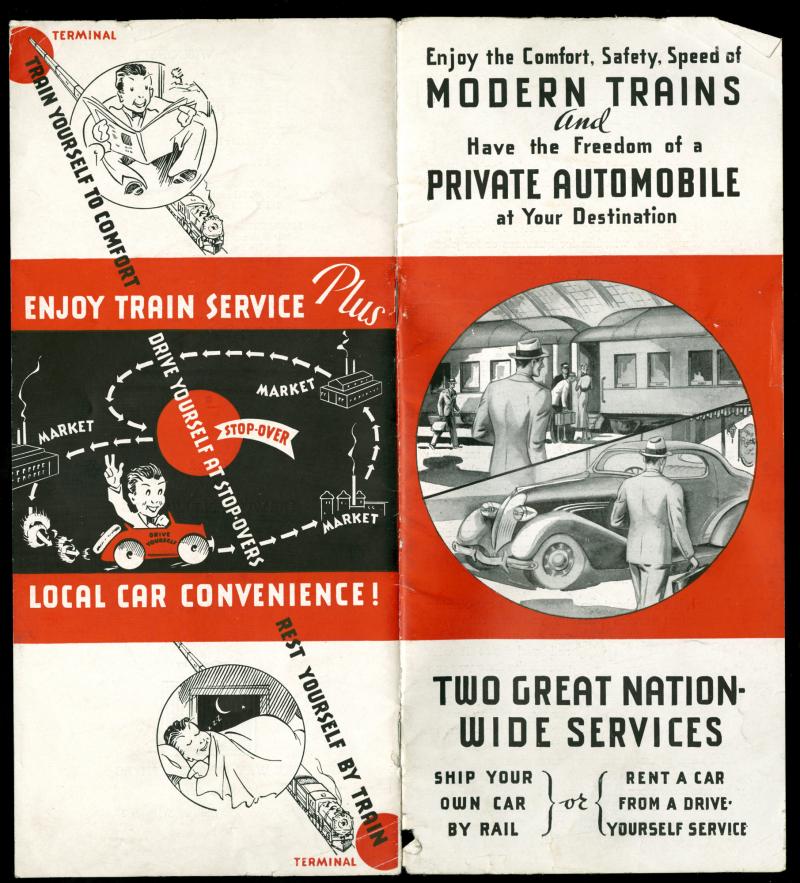
CB&Q booklet advertising shipping cars by rail or renting automobiles at the customer’s destination, c. 1940.
CB&Q booklet advertising shipping cars by rail or renting automobiles at the customer’s destination, c. 1940.
Courtesy of Newberry Library. CB&Q Misc. Bx. #1.
Used with permission of the Newberry Library. With questions about reuse of this image, contact the Newberry Library.
The copyright holder reserves, or holds for their own use, all the rights provided by copyright law, such as distribution, performance, and creation of derivative works.
This brochure represents the effort by the Burlington to adapt to the automobile’s steady encroachment on passenger traffic. A decade and a half later, the Federal Aid Highway Act of 1956 was a serious blow to passenger train travel, with profound implications for the reshaping of the American landscape.



